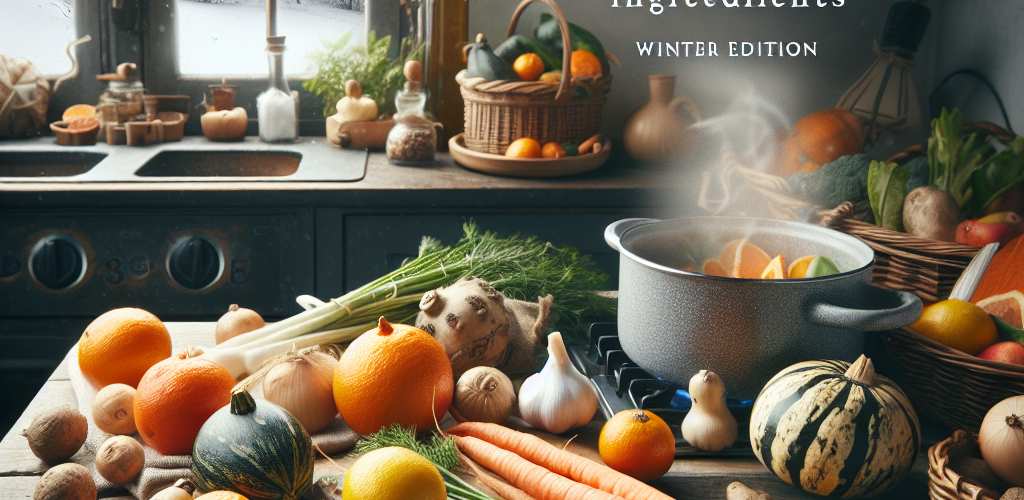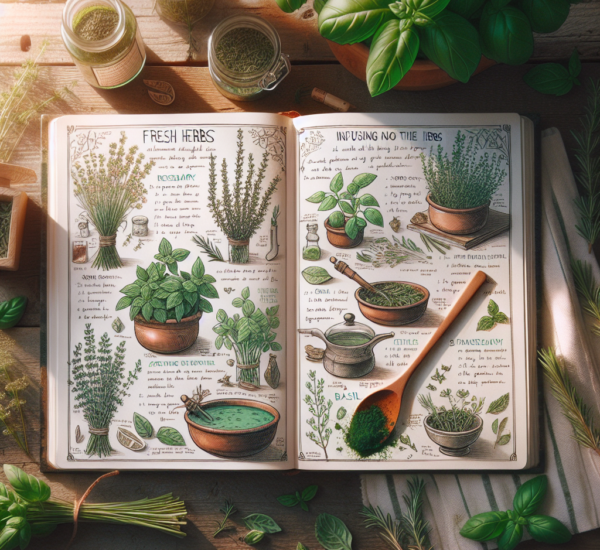Winter is not just a season; it’s a feast for the senses. By embracing the chilly months with fresh, seasonal ingredients, you not only enhance the flavors of your dishes but also support sustainability. Join us on an exploration of the winter bounty that promises to add warmth and richness to your culinary endeavors.
Table of Contents
- The Benefits of Seasonal Cooking
- Top Winter Ingredients
- Winter Recipes
- Sourcing Ingredients
- Tips and Tricks
- Conclusion
- FAQ
The Benefits of Seasonal Cooking
Cooking with seasonal ingredients not only boosts the nutritional content of your meals but also helps reduce your carbon footprint. Seasonal produce is usually harvested at its peak, ensuring optimum freshness and taste. What’s more, buying locally grown seasonal ingredients supports small farmers. Learn more about sustainable eating.
Top Winter Ingredients
Root Vegetables
Carrots, parsnips, and beets thrive in winter. These root vegetables become sweeter after frost and are surprisingly versatile. Consider roasting or using them in stews for comfort.
Brassicas
Brussels sprouts, cabbage, and kale are quintessential winter greens. Their hearty nature makes them ideal for sauteing or adding to soups.
Citrus Fruits
Brighten cloudy days with citrus fruits like oranges, grapefruits, and lemons. Their tangy flavor adds a refreshing twist to winter dishes.
Winter Recipes
Roasted Beet and Carrot Salad
Ingredients:
- 3 beets, peeled and cubed
- 4 carrots, sliced
- 2 tbsp olive oil
- Salt and pepper to taste
- 1 tbsp balsamic vinegar
Instructions:
- Preheat your oven to 400°F (200°C).
- Toss cubed beets and sliced carrots with olive oil, salt, and pepper.
- Spread evenly on a baking sheet and roast for 25-30 minutes.
- Drizzle with balsamic vinegar before serving.
Citrus-Kale Stir Fry
This quick, vibrant dish combines winter greens with the refreshing taste of citrus.
Sourcing Ingredients
For the freshest winter produce, visit your local farmers’ markets. Not only will you find a variety of seasonal vegetables and fruits, but you’ll also get a chance to interact directly with the growers. Ask them what’s fresh and how to best store your finds. Alternatively, consider joining a CSA (Community Supported Agriculture) program.
Tips and Tricks
Storage Solutions
Extend the shelf life of your winter produce by storing them correctly. Root vegetables prefer a cool, dark environment, while citrus fruits last longer at room temperature.
Culinary Pairings
Combine hearty ingredients with bright flavors. For instance, pair roasted root vegetables with a tangy citrus vinaigrette.
Conclusion
Cooking with seasonal winter ingredients not only enriches your culinary experiences but also promotes a sustainable lifestyle. By choosing fresh, local produce, you contribute to a healthier planet while savoring dishes at their peak of flavor. Ready to transform your winter cooking? Dive into some recipes and taste the difference!
FAQ
Can I find winter ingredients year-round?
While some ingredients are available year-round thanks to imports, their quality and flavor may not match those harvested in season.
What’s the best way to store Brussels sprouts?
Keep Brussels sprouts in a cool, dark place, such as a refrigerator’s crisper drawer, to maintain freshness.




